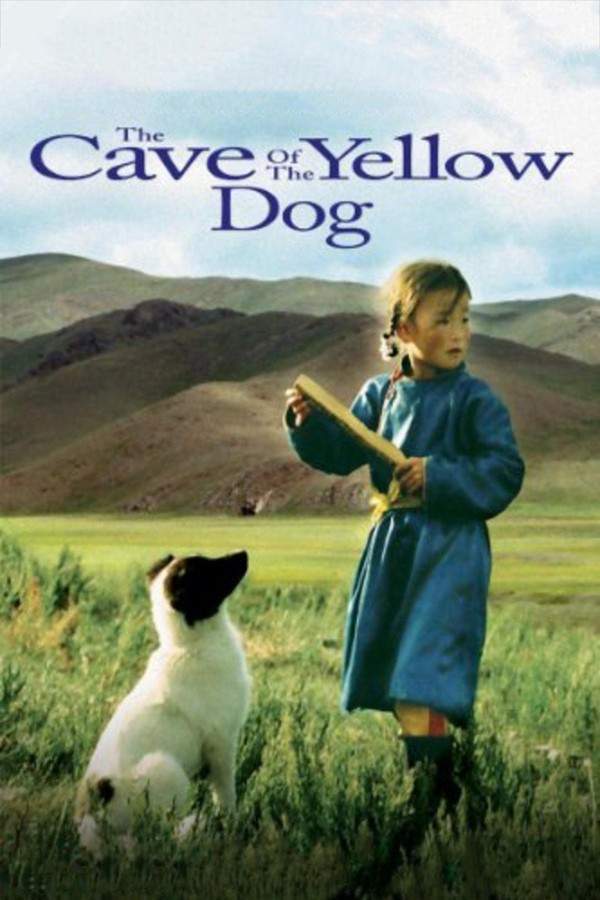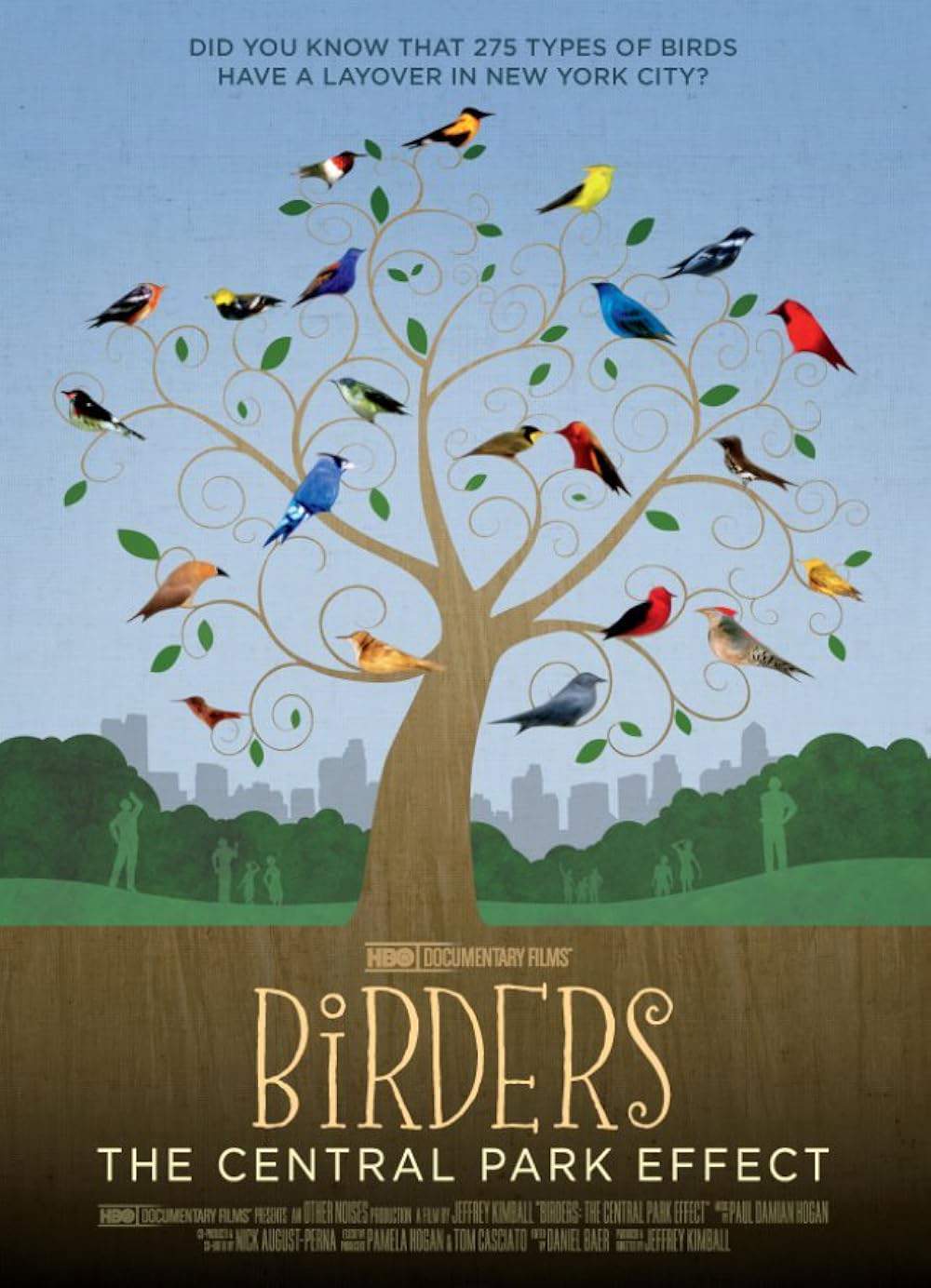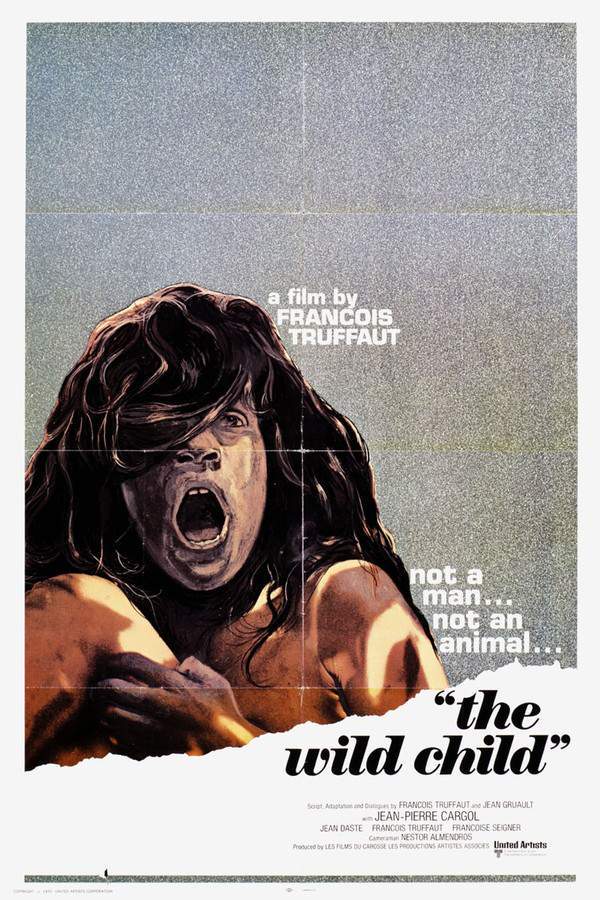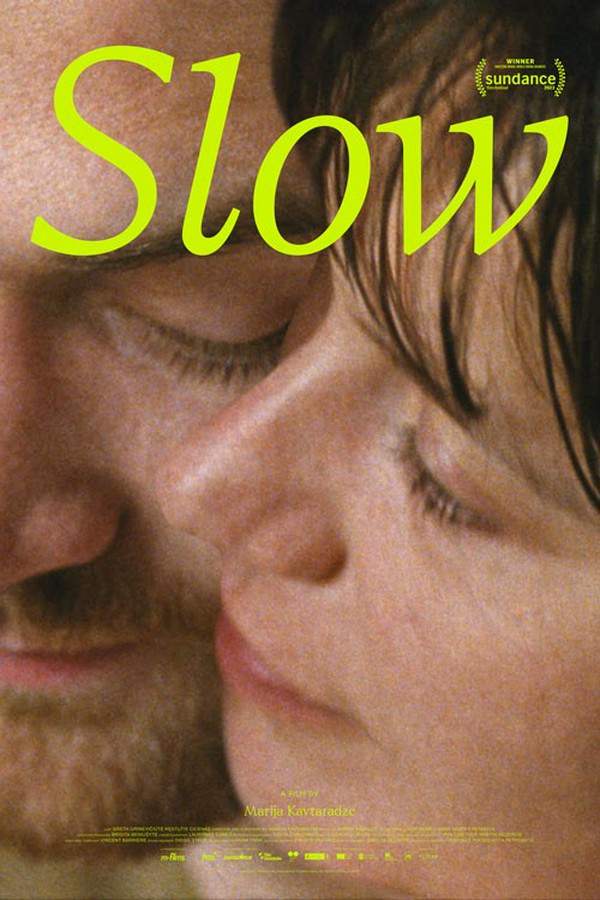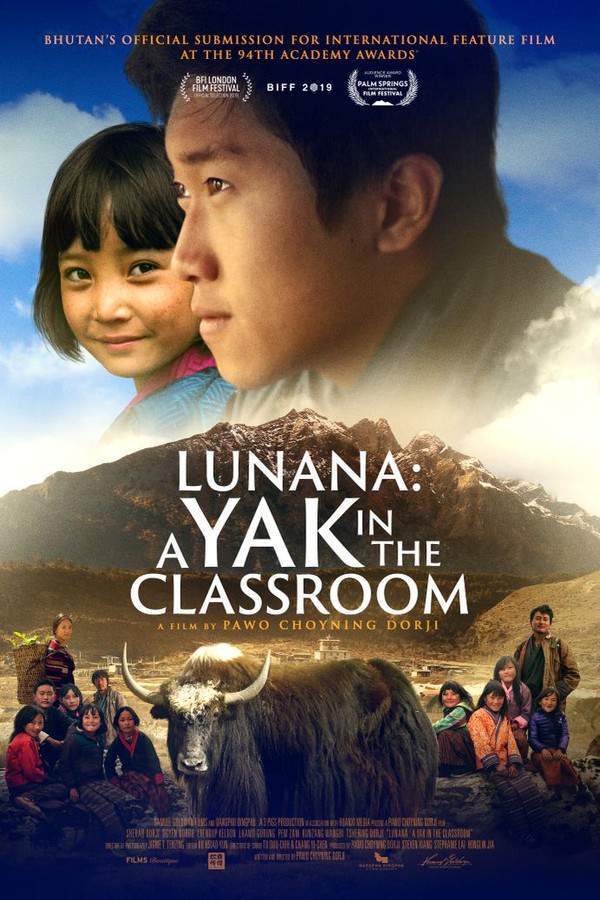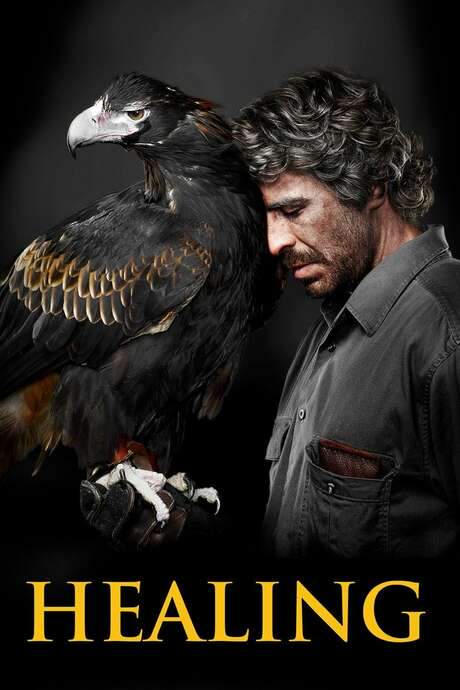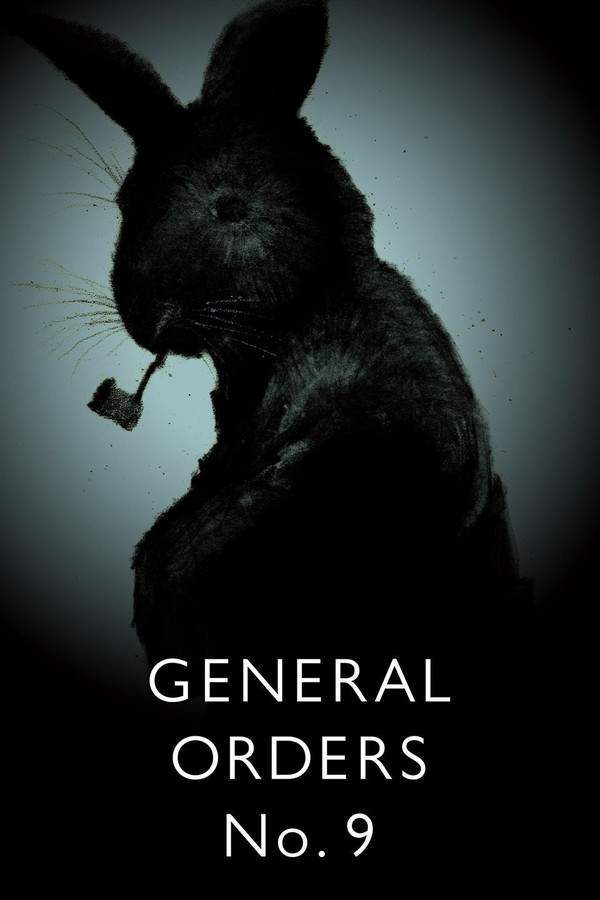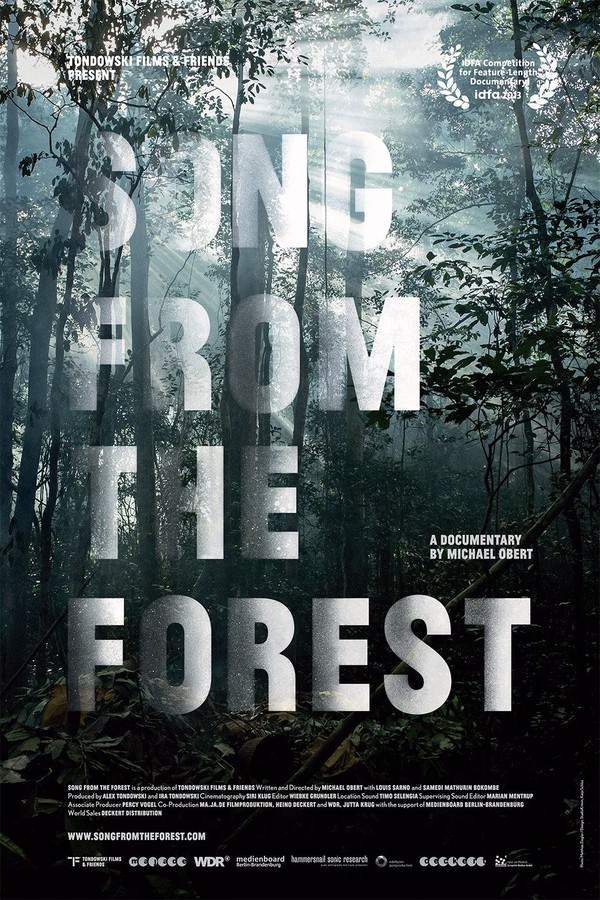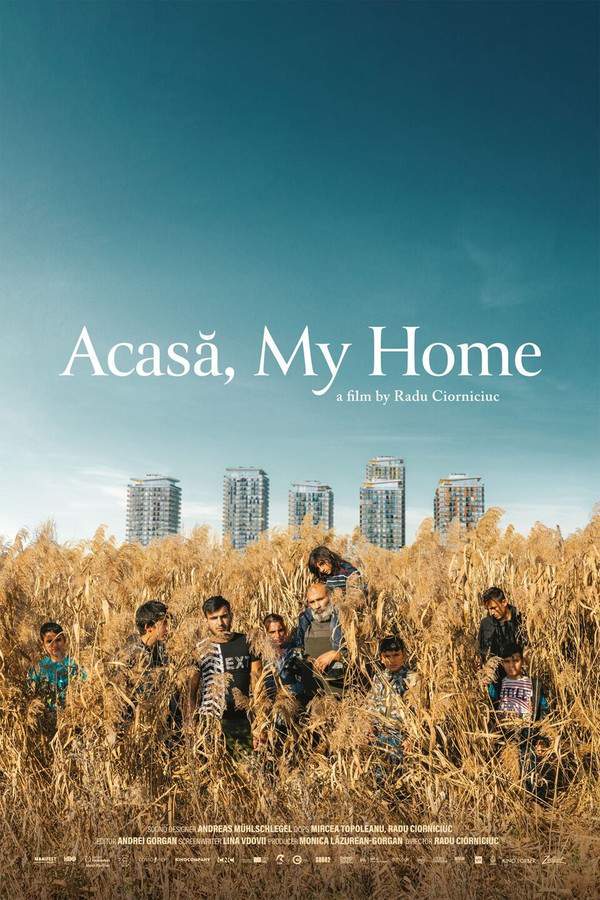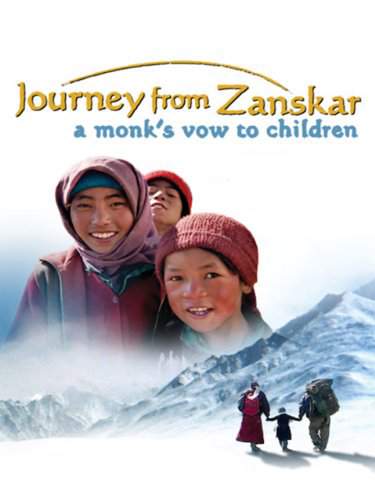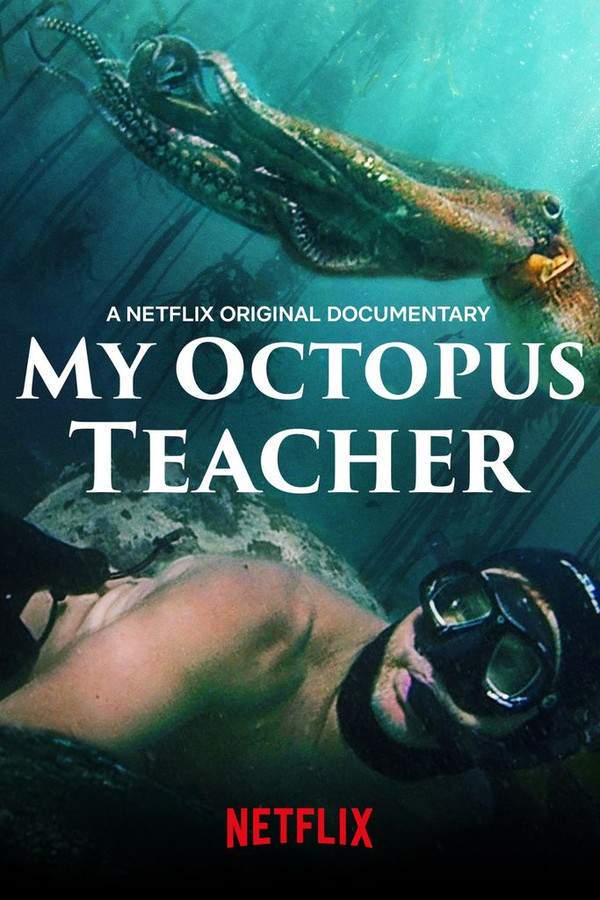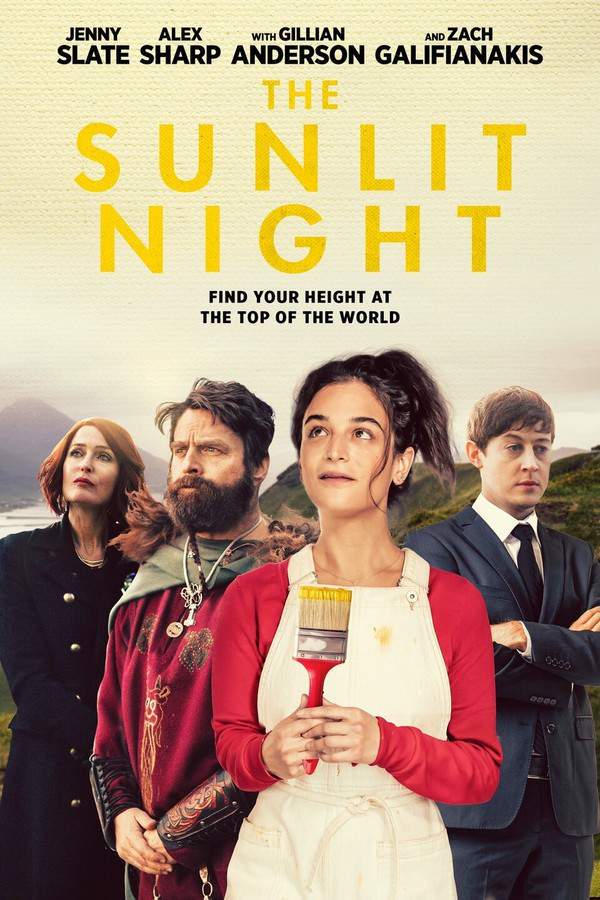
The Story of the Weeping Camel
Year: 2004
Language: Mongolian
Directors: Byambasuren Davaa, Luigi Falorni
In the Gobi Desert of South Mongolia, a camel herding family encounters a heartbreaking situation when a mother camel abandons her newborn calf. Determined to reunite them, two young boys embark on a quest to seek the help of a celebrated musician in the capital city. They hope his traditional music and an ancient ritual will persuade the mother camel to accept her baby, preserving the family’s livelihood and way of life in the vast and beautiful landscape.
The Story of the Weeping Camel (2004) – Spoiler-Free Movie Summary & Plot Overview
Get a spoiler-free look at The Story of the Weeping Camel (2004) with a clear plot overview that covers the setting, main characters, and story premise—without revealing key twists or the ending. Perfect for deciding if this film is your next watch.
In the stark, wind‑swept expanse of the Gobi Desert, a nomadic camel‑herding family lives in rhythm with the land’s endless horizons. Their world is one of quiet perseverance, where the birth of a calf becomes a communal celebration and the health of the herd is tied to the survival of the clan. The vast, sun‑baked dunes and the night sky glittering with stars create a backdrop that feels both timeless and intimate, inviting the viewer to breathe in the raw beauty of Mongolia’s remote steppe.
When a rare white calf is born, the family is confronted with an unexpected heartbreak: the mother camel turns away from her newborn, refusing the bond that sustains both. The tension hangs heavy over the camp, and the elders turn to ancient customs for guidance. Amid whispered prayers and the ritual clatter of ceremonial objects, hope stirs in the younger members of the clan. The boys, eager and earnest, are entrusted with a delicate mission that could restore harmony to their way of life.
Their journey leads them across endless sand to the district center, where they seek out the violinist, a celebrated musician renowned for his mastery of the haunting morin khuur. The promise of his music and the ancient Hoos ritual offers a fragile thread of possibility, suggesting that melody might bridge the gap between mother and child. As they prepare to bring the instrument back to the desert camp, the story settles into a contemplative mood, balancing the starkness of the landscape with the tender, almost mystical, power of tradition and song.
Last Updated: August 10, 2025 at 10:47
Explore Movie Threads
Discover curated groups of movies connected by mood, themes, and story style. Browse collections built around emotion, atmosphere, and narrative focus to easily find films that match what you feel like watching right now.
Gentle cultural journeys like The Story of the Weeping Camel
Patient stories about communities preserving their traditions in a changing world.If you enjoyed the patient, hopeful tone of The Story of the Weeping Camel, you'll appreciate these movies. This collection highlights quiet stories about cultural resilience, often set in stunning natural environments. Discover other films that celebrate tradition, family bonds, and the gentle power of perseverance.
Narrative Summary
These narratives typically follow a straightforward problem-solving arc, where an external or internal challenge threatens a way of life. The resolution often comes not through force, but through wisdom, cooperation, and the application of traditional knowledge. The journey is introspective and patient, valuing the process as much as the outcome.
Why These Movies?
This thread groups movies that share a low-intensity, hopeful tone and a slow, observational pace. They are united by their focus on cultural perseverance, human-animal or human-nature connections, and emotional journeys that are tender rather than tragic. The viewing experience is calm, contemplative, and ultimately uplifting.
Atmospheric narrative documentaries like The Story of the Weeping Camel
Documentary films that unfold like gentle, character-driven stories.Looking for more documentaries with the gentle, story-like quality of The Story of the Weeping Camel? This list features films that blend documentary realism with a narrative's emotional arc. Explore movies that are less about facts and more about feeling, capturing the beauty and drama of everyday life in remote or unique settings.
Narrative Summary
These films often have a simple, human-centric plot—a birth, a journey, a ritual—that serves as a vehicle to explore a larger world. The structure is straightforward, allowing the audience to soak in the atmosphere and connect deeply with the subjects. The editing and pacing are patient, creating a sense of being present in the moment.
Why These Movies?
Movies are grouped here based on their hybrid nature, blending documentary authenticity with the emotional pacing and character focus of drama. They share a slow, atmospheric pace, medium emotional weight, and a hopeful or bittersweet tone. The experience is less about learning and more about feeling a connection to a different way of life.
Unlock the Full Story of The Story of the Weeping Camel
Don't stop at just watching — explore The Story of the Weeping Camel in full detail. From the complete plot summary and scene-by-scene timeline to character breakdowns, thematic analysis, and a deep dive into the ending — every page helps you truly understand what The Story of the Weeping Camel is all about. Plus, discover what's next after the movie.
The Story of the Weeping Camel Summary
Read a complete plot summary of The Story of the Weeping Camel, including all key story points, character arcs, and turning points. This in-depth recap is ideal for understanding the narrative structure or reviewing what happened in the movie.

The Story of the Weeping Camel Timeline
Track the full timeline of The Story of the Weeping Camel with every major event arranged chronologically. Perfect for decoding non-linear storytelling, flashbacks, or parallel narratives with a clear scene-by-scene breakdown.

Characters, Settings & Themes in The Story of the Weeping Camel
Discover the characters, locations, and core themes that shape The Story of the Weeping Camel. Get insights into symbolic elements, setting significance, and deeper narrative meaning — ideal for thematic analysis and movie breakdowns.

More About The Story of the Weeping Camel
Visit What's After the Movie to explore more about The Story of the Weeping Camel: box office results, cast and crew info, production details, post-credit scenes, and external links — all in one place for movie fans and researchers.


